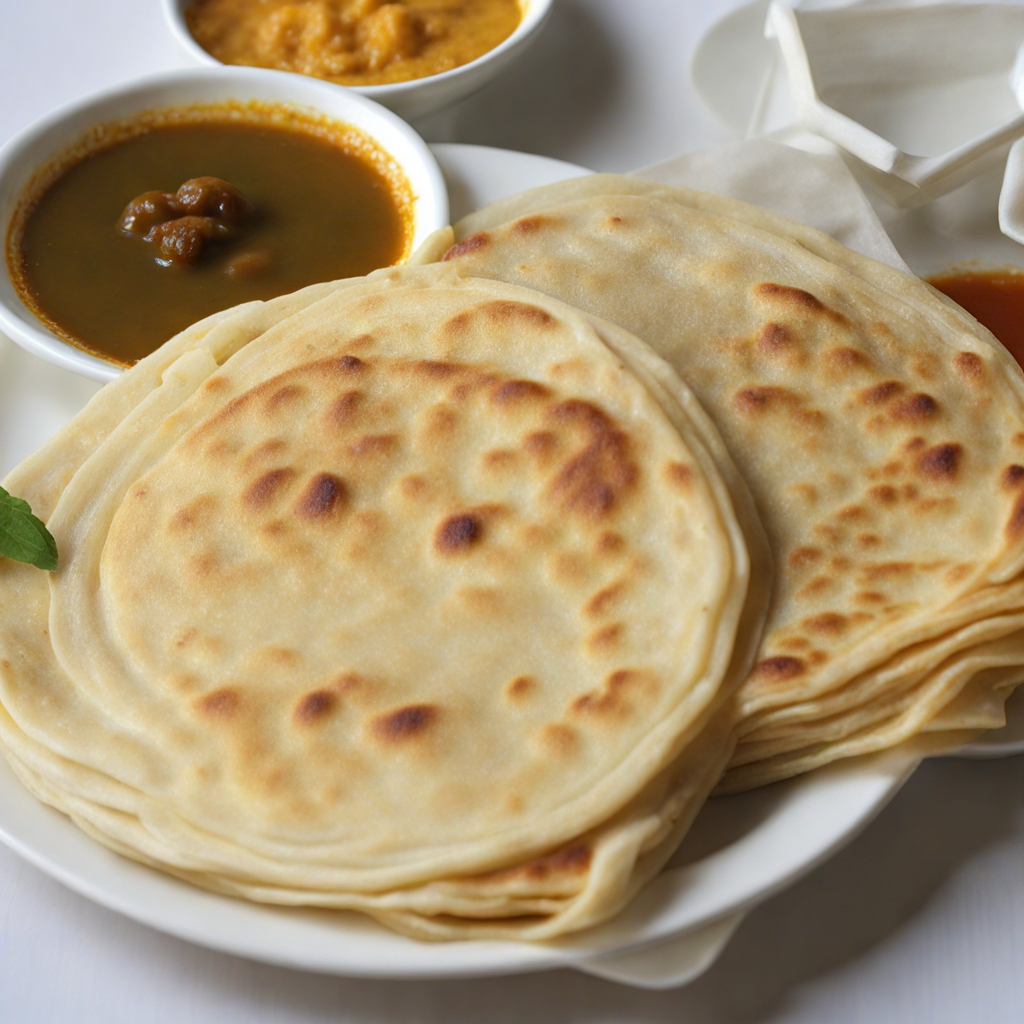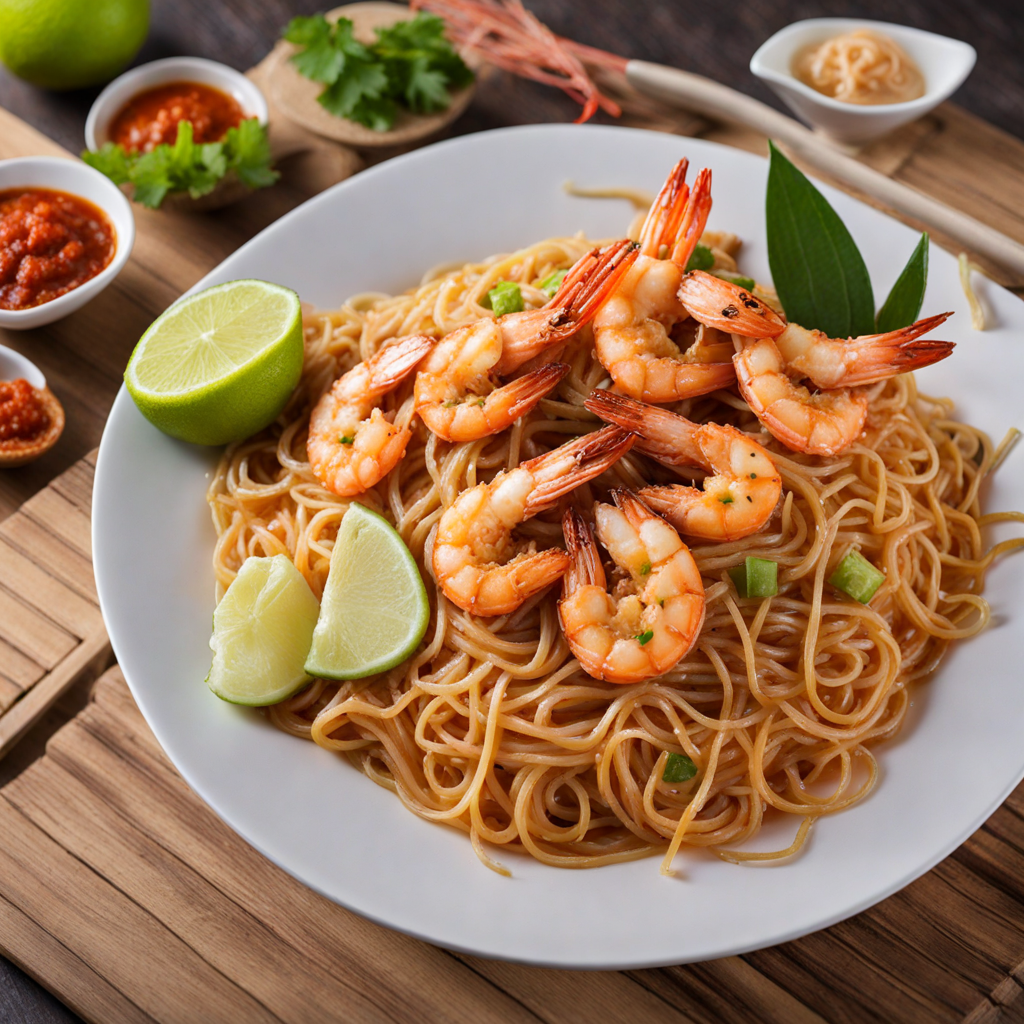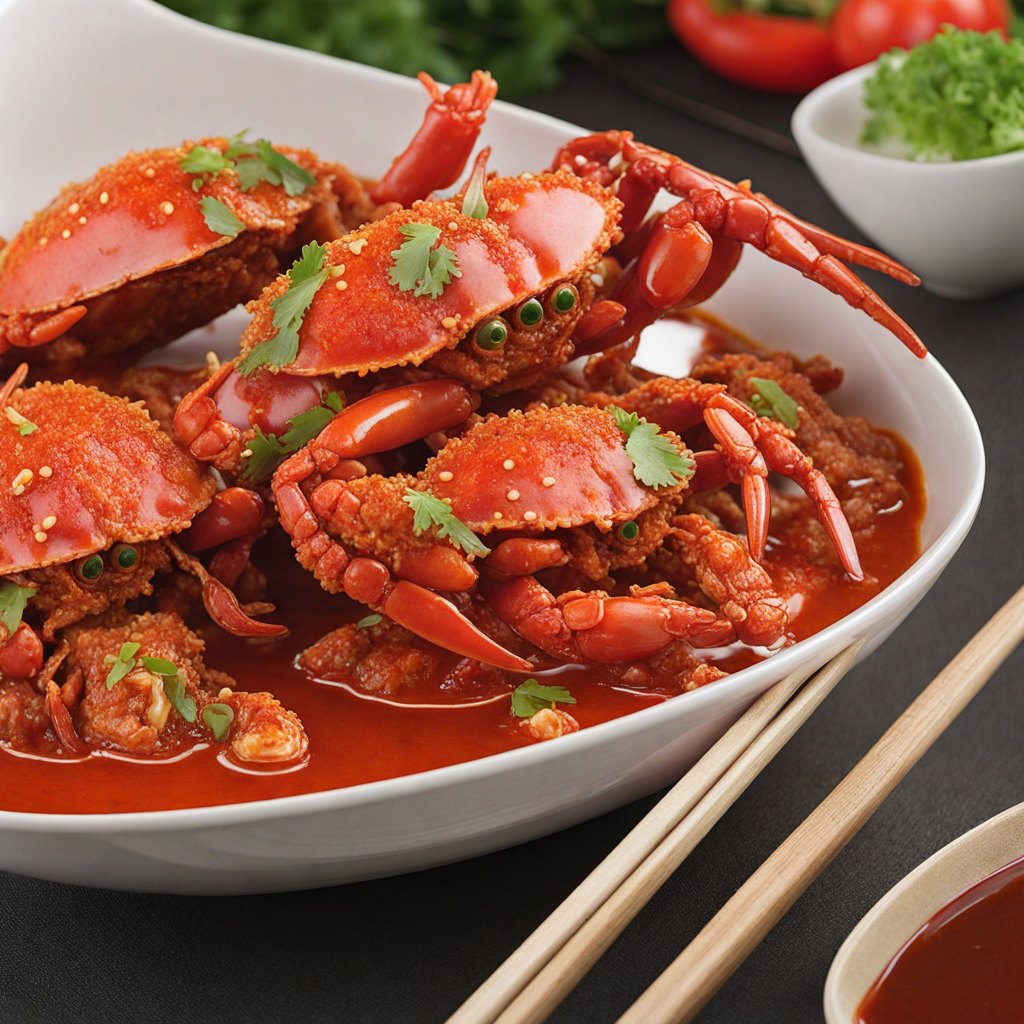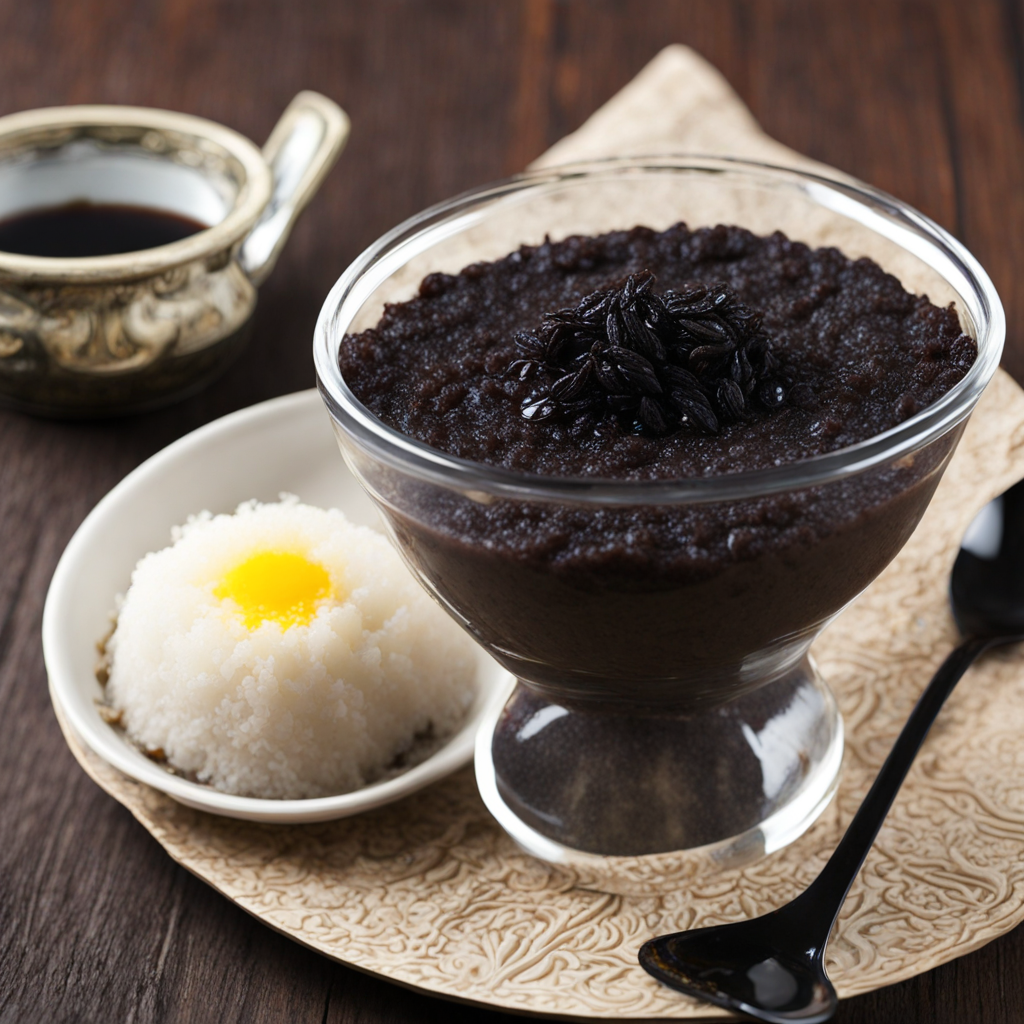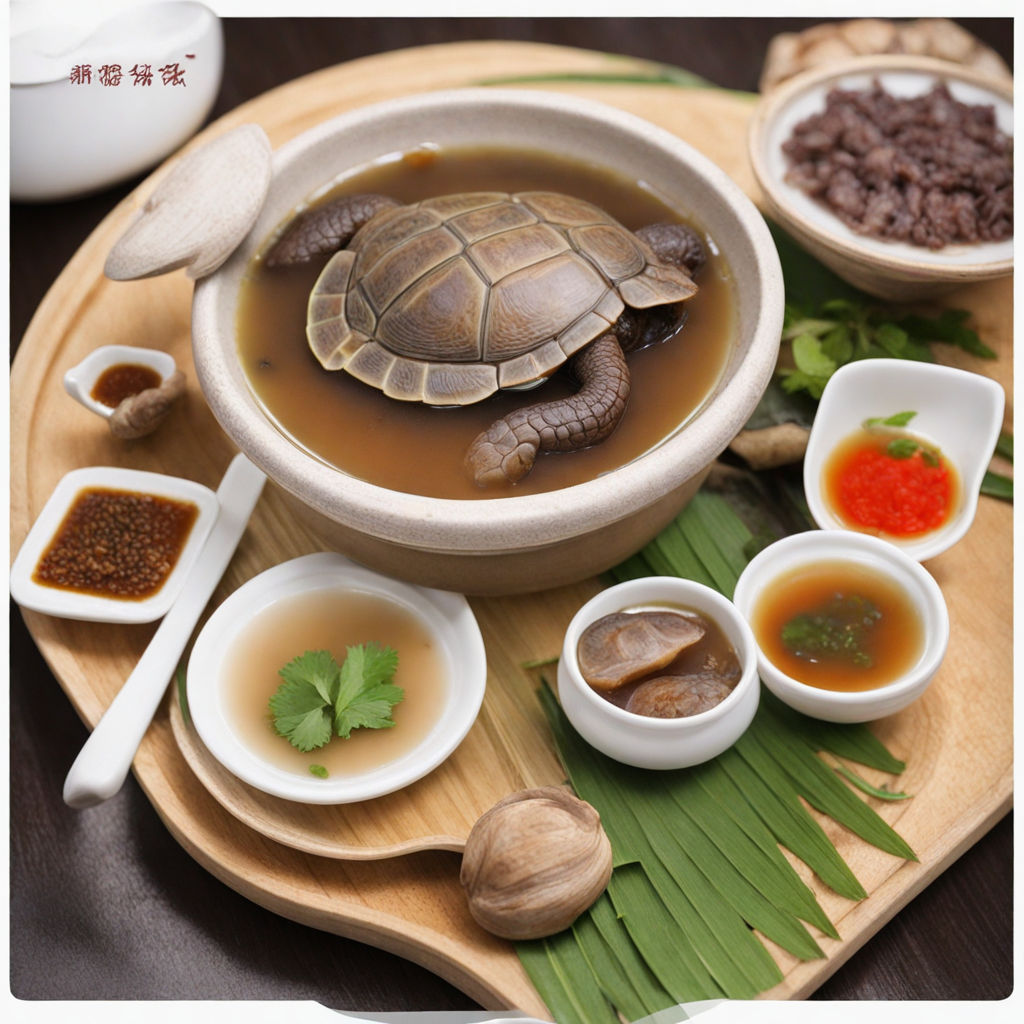Cheese Prata
Cheese Prata is a delightful and unique dish that hails from the vibrant streets of Singapore, a melting pot of cultures and flavors. This dish is a variation of the traditional Indian roti prata, a flaky and crispy flatbread that is pan-fried to golden perfection. What sets Cheese Prata apart is the delicious layer of melted cheese that is generously incorporated into the dough, creating a rich and indulgent experience for your taste buds. The combination of the crispy exterior and the gooey, savory cheese filling makes each bite an irresistible treat that leaves you craving more. Often enjoyed as a snack or a light meal, Cheese Prata is commonly served with a side of rich curry or sweetened condensed milk for dipping. The contrast of the savory cheese with the mildly spiced curry creates a harmonious balance of flavors that tantalizes the palate. The addition of the curry elevates the dish, allowing for an array of taste sensations that are both comforting and exciting. The sweetness of the condensed milk provides a delightful counterpoint, appealing to those who enjoy a touch of sweetness in their savory dishes. Cheese Prata is not just a meal; it's an experience that showcases the culinary ingenuity found in Singapore's food scene. Street vendors and hawker centers often serve this dish, making it accessible to food lovers looking to indulge in local flavors. Whether enjoyed as a late-night snack or a casual brunch, Cheese Prata invites you to explore the fusion of cultures that define Singaporean cuisine, making it a must-try for anyone looking to discover new and exciting tastes.
How It Became This Dish
The Story of '芝士印度煎饼' (Cheese Indian Pancake) in Singapore #### Origins and Cultural Roots The ‘芝士印度煎饼’ (Cheese Indian Pancake), often referred to as ‘Roti Prata’ or ‘Prata’ in Singapore, is a beloved dish that exemplifies the rich tapestry of cultural and culinary influences in the region. The roots of this dish can be traced back to Indian Muslim communities, particularly the Mamas, who migrated from South India and brought with them a wealth of culinary traditions. Roti Prata itself has its origins in the Indian flatbread known as ‘paratha,’ which is made from whole wheat flour and is usually unleavened. The adaptation of the paratha into Roti Prata occurred as Indian Muslims settled in Malaysia and Singapore during the 19th century. The dish was originally a simple, unleavened flatbread, but over the years, it has evolved into a more versatile and complex food item. #### The Evolution of Roti Prata In Singapore, Roti Prata underwent several transformations, influenced by local tastes and available ingredients. The traditional preparation involved hand-stretching the dough until it becomes thin and flaky, then folding it into a circular shape and frying it on a griddle. The addition of ghee (clarified butter) during cooking gives it a crispy texture on the outside while keeping it soft and chewy inside. The introduction of cheese into the Roti Prata reflects the creative fusion of culinary practices in Singapore. With the rise of Western influence in the region, particularly from the late 20th century onward, cheese became a popular ingredient among local diners. The Cheese Roti Prata is characterized by the melting, gooey cheese that is either mixed into the dough or stuffed inside the pancake before it is cooked. This addition not only enhances the flavor profile of the dish but also represents the melding of Asian and Western cuisines. #### Cultural Significance Roti Prata holds a special place in the hearts of Singaporeans and is often seen as comfort food. It transcends ethnic boundaries, enjoyed by people from various backgrounds, making it a symbol of multiculturalism in Singapore. The dish is commonly found in hawker centers, food courts, and dedicated Roti Prata stalls, where it is served alongside a variety of curries, sugar, or condensed milk, showcasing its versatility. The preparation and enjoyment of Roti Prata is often a communal experience. Families and friends gather at late-night stalls to savor the crispy, buttery pancakes while sharing stories and laughter. It is not just a meal; it is a social event that fosters connections and creates memories. #### Development Over Time As Singapore’s food scene has evolved, so too has Roti Prata. In recent decades, the dish has seen a surge in creativity, with vendors experimenting with various fillings and toppings. From chocolate and banana to more unconventional choices like durian and even ice cream, the possibilities are seemingly endless. This innovation reflects the dynamic nature of Singaporean cuisine, where traditional dishes are constantly reinterpreted. Food festivals and culinary competitions have also played a role in promoting Roti Prata. Chefs and food enthusiasts experiment with new techniques and flavors, often showcasing their unique takes on this classic dish. Social media has further amplified this trend, allowing food bloggers and influencers to share their experiences and discoveries, thus bringing attention to the humble Roti Prata and its many iterations. Moreover, the rise of health consciousness has led to the emergence of healthier options, with vendors offering whole-wheat or multigrain versions of the pancake, as well as vegan alternatives. This adaptation ensures that Roti Prata remains relevant in a changing culinary landscape, catering to the diverse preferences of modern diners. #### Conclusion The ‘芝士印度煎饼’ (Cheese Indian Pancake) is more than just a dish; it is a narrative of cultural exchange, adaptation, and innovation. From its humble beginnings as a simple Indian flatbread to its status as a beloved Singaporean staple, Roti Prata embodies the spirit of multiculturalism that defines the nation. As it continues to evolve, reflecting both traditional practices and contemporary trends, the Cheese Roti Prata serves as a reminder of how food can transcend boundaries, create connections, and celebrate diversity. Whether enjoyed at a bustling hawker center or crafted in gourmet restaurants, it remains a testament to Singapore's rich culinary heritage and its ability to embrace and reinterpret flavors from around the world.
You may like
Discover local flavors from Singapore


